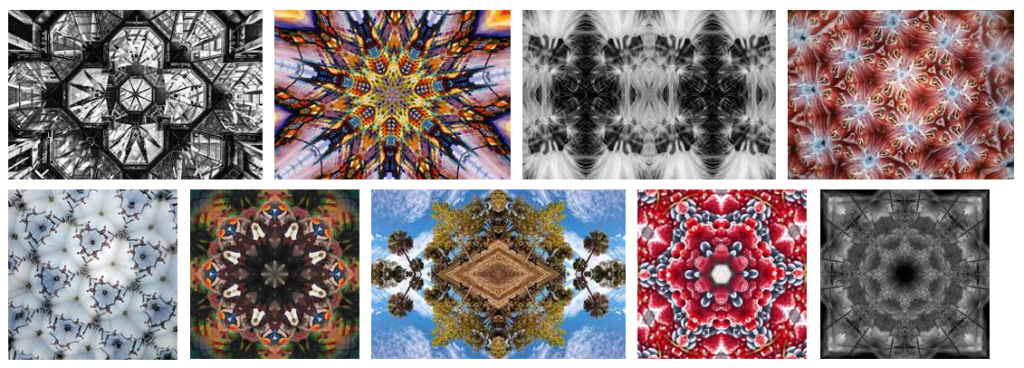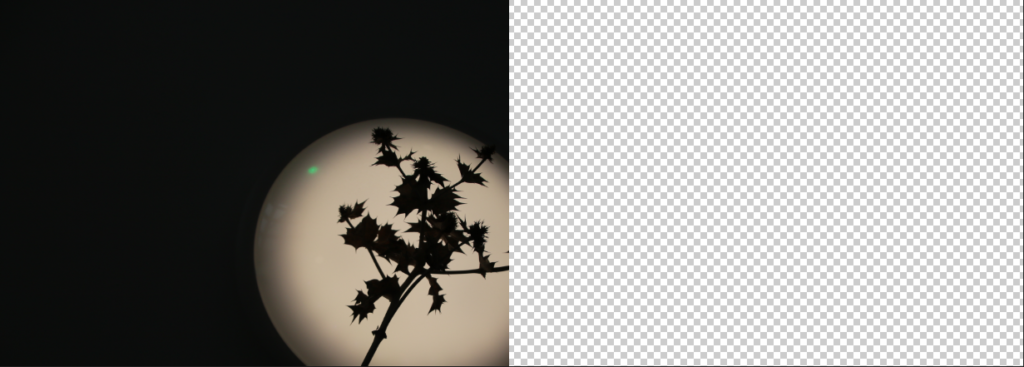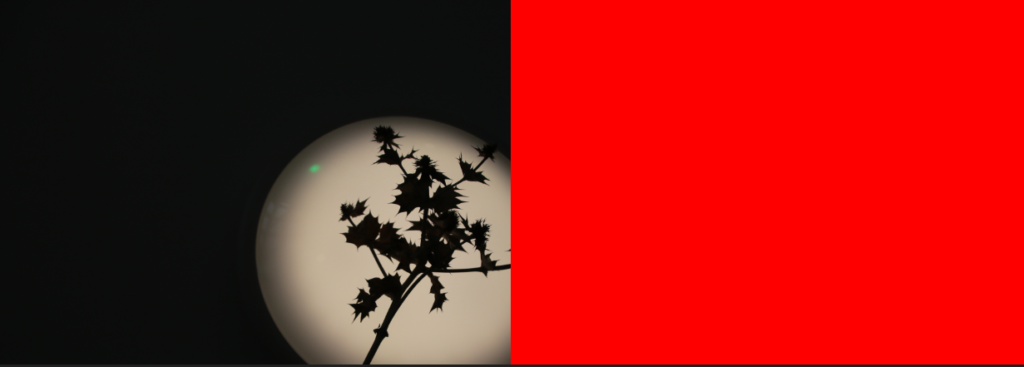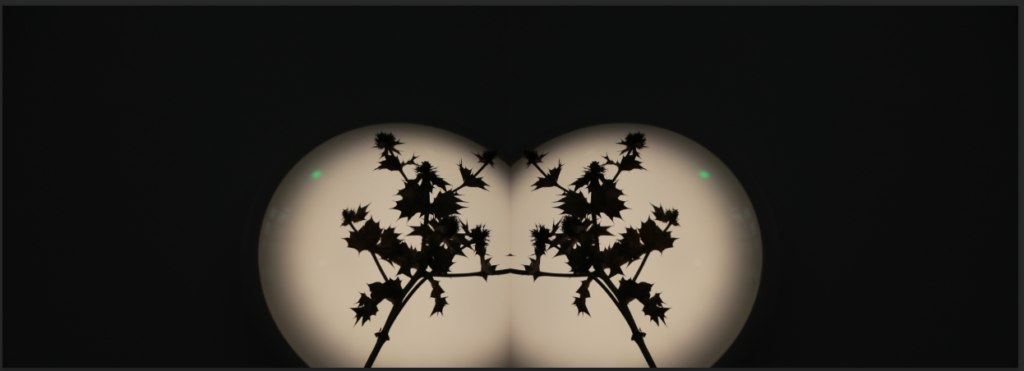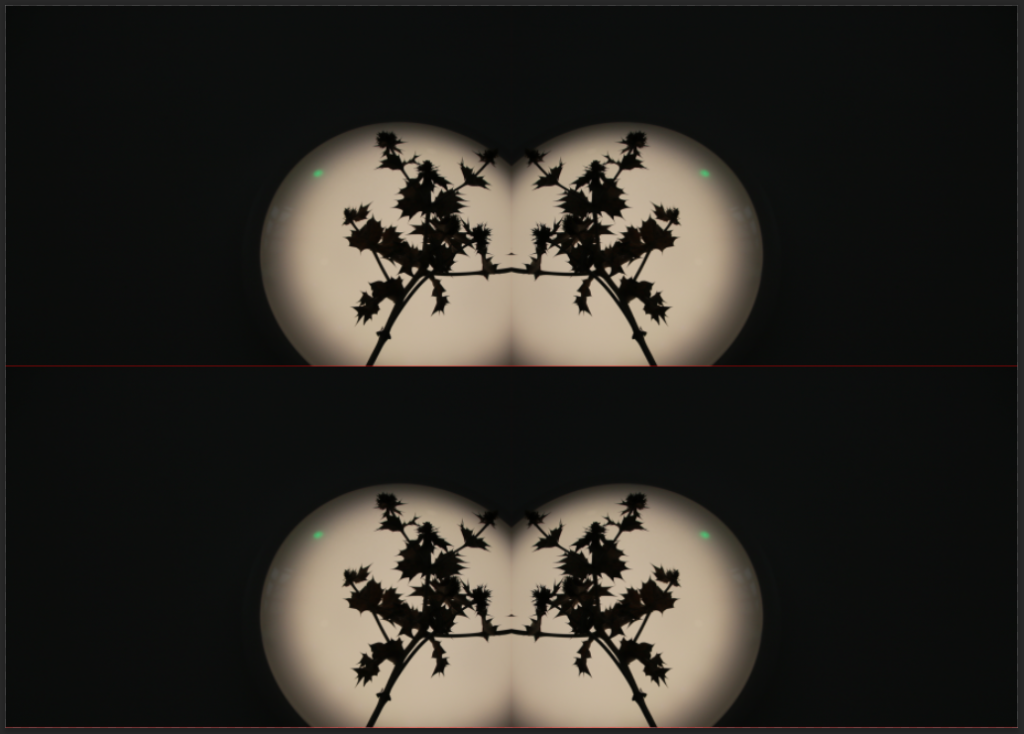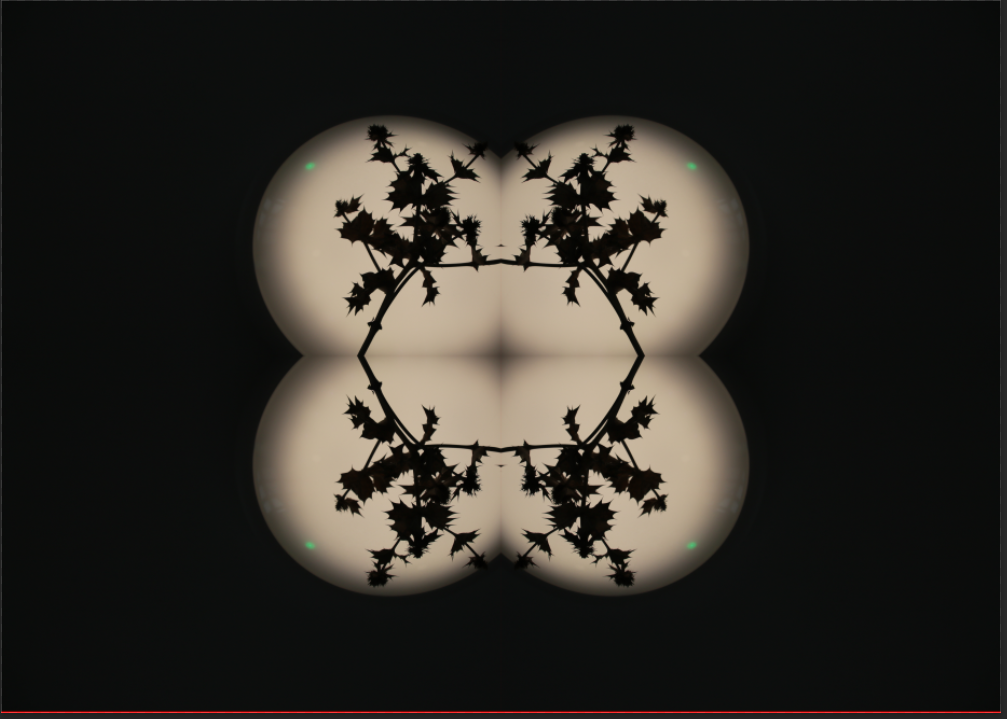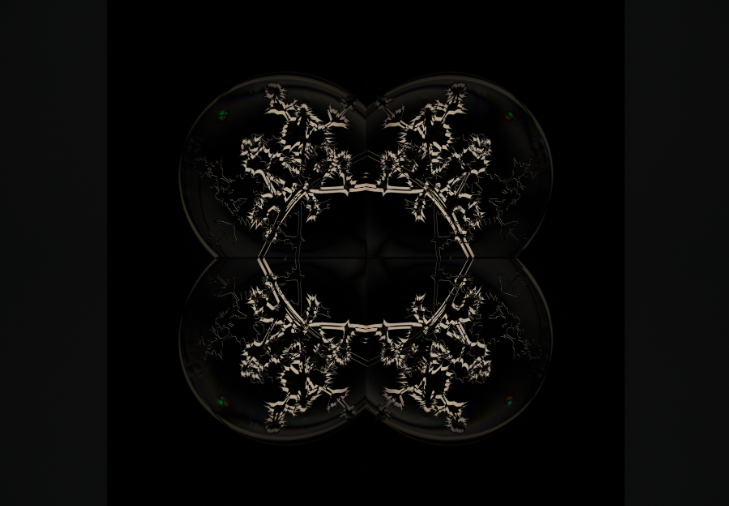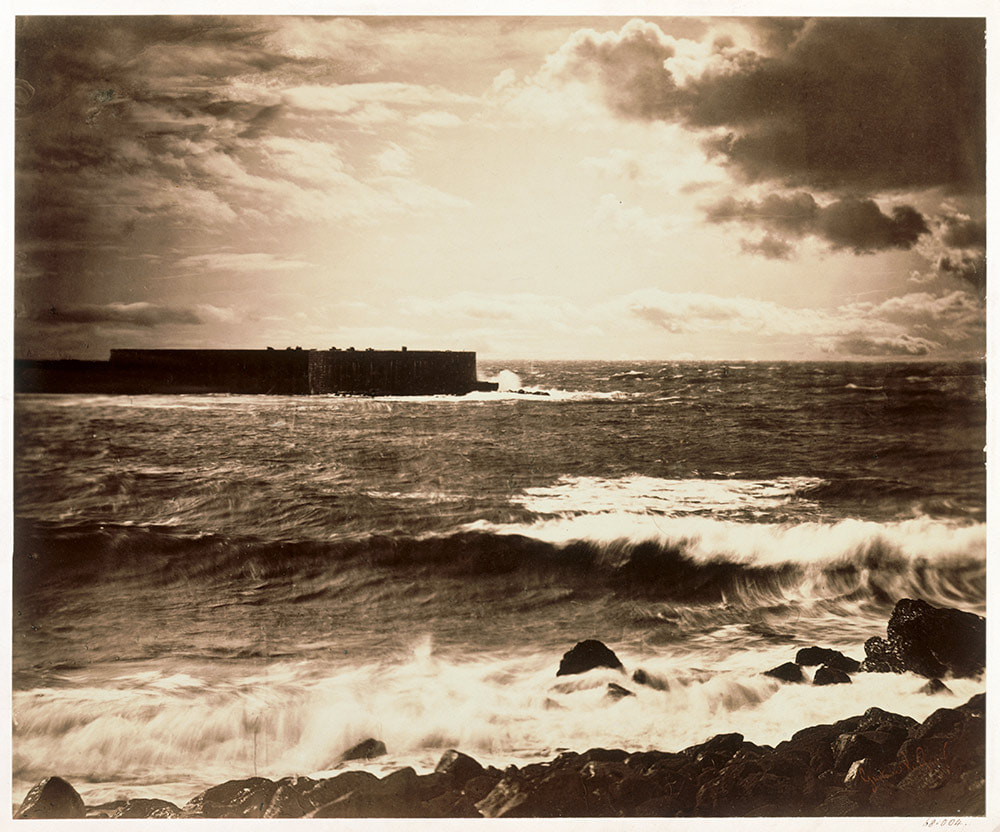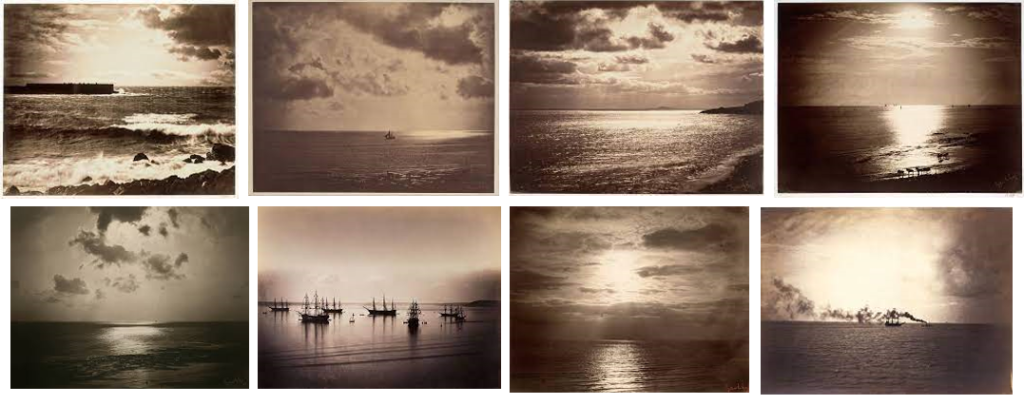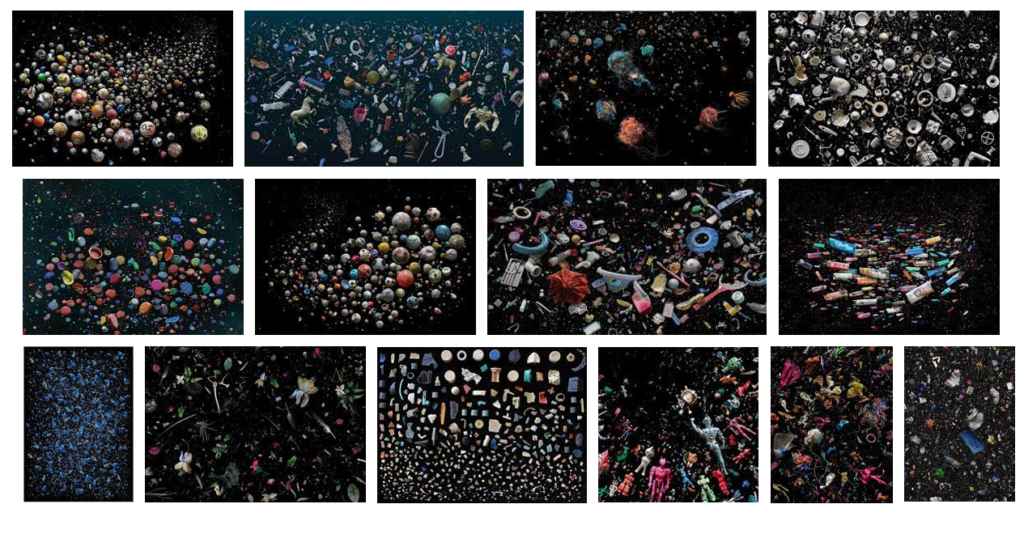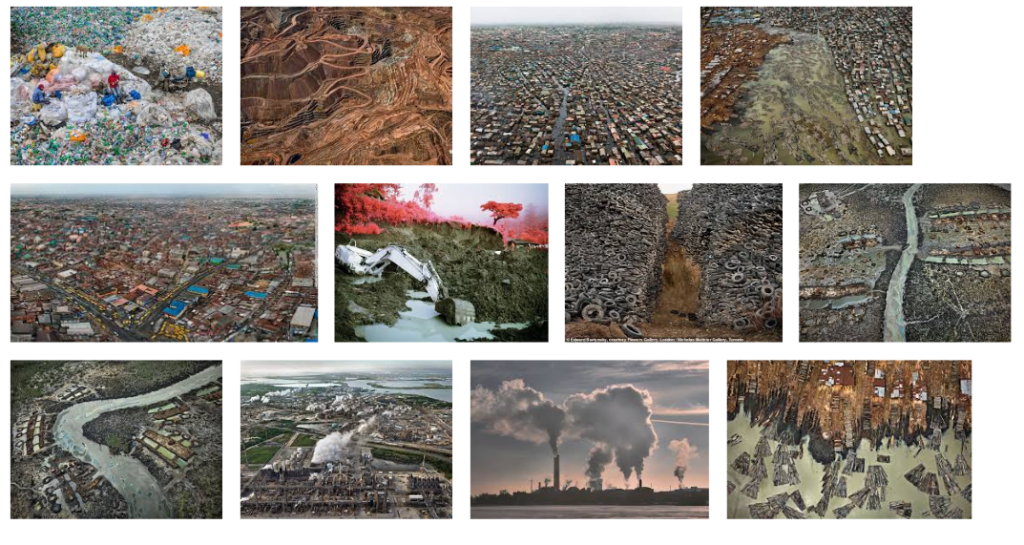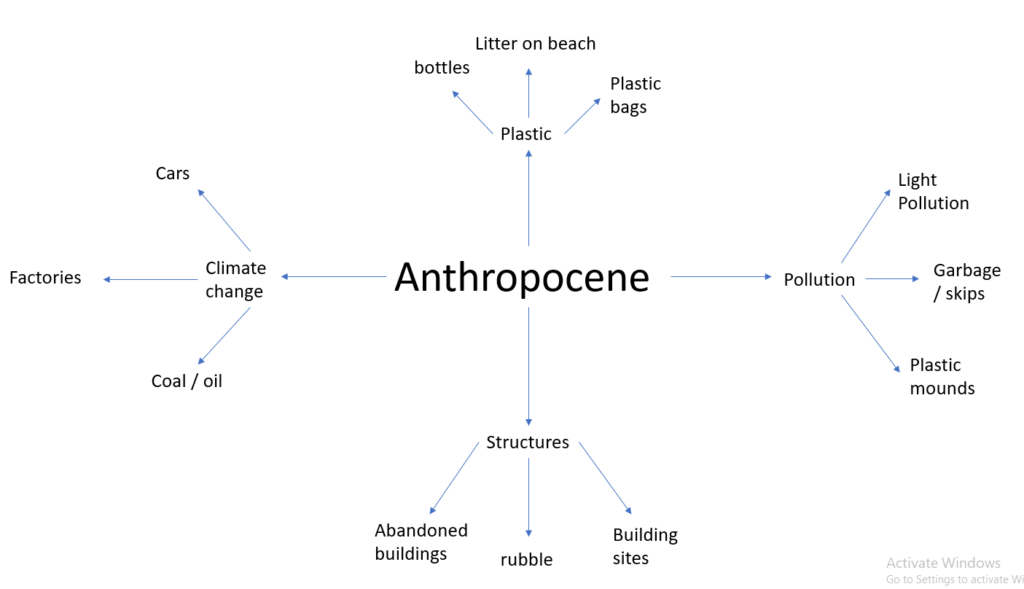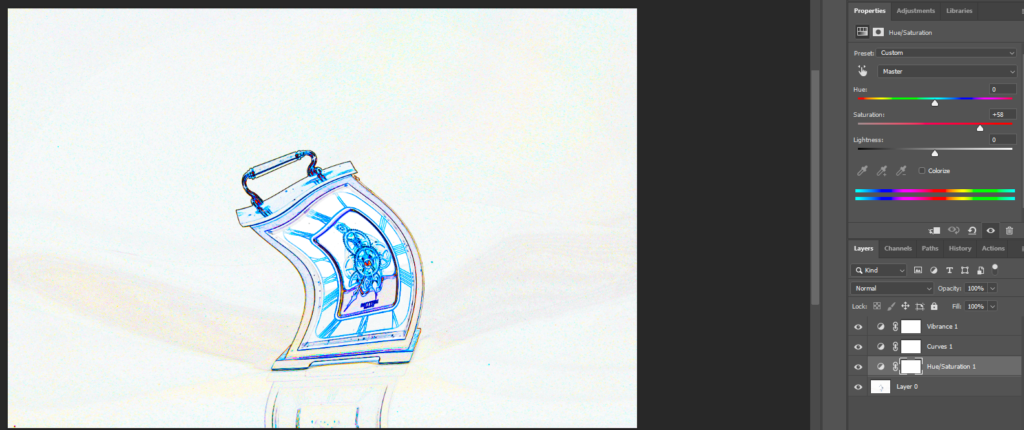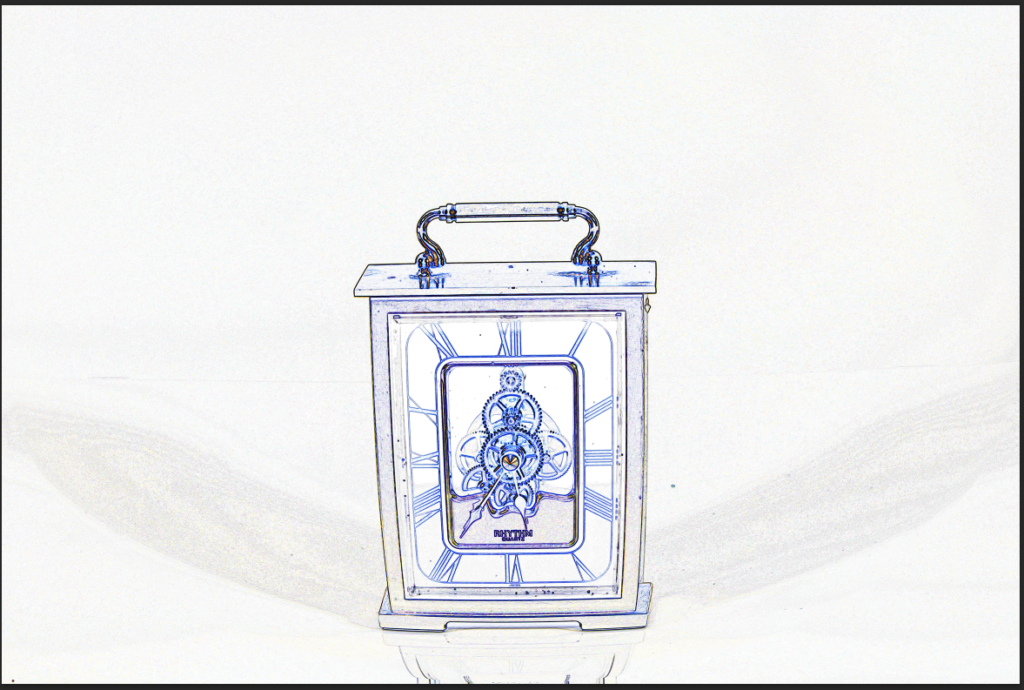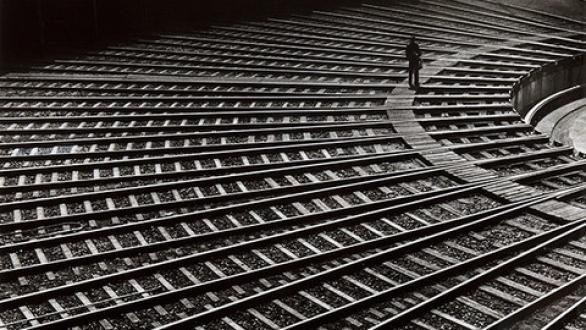Plan 1

For the photoshoot I would collect bottle caps and place them on a black background and take a picture then I would change the position of the caps and take more picture then layer them onto each other to give the illusion of there being more. This is inspired by Mandy Barker.
Plan 2

For this photo shoot i plan to get some clear plastic bags and shine some lights on the outside and take pictures of the inside. This is inspired by Vilde Rolfsen
Plan 3

For this photoshoot I plan to go to La Collete and take photos of the factories and incinerator or i would got to construction sites and take photos of the construction work. This is inspired by Edward Burtynsky.

